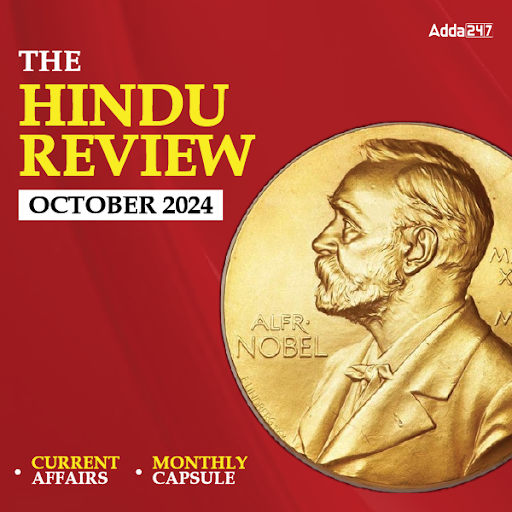
Directions (1-5): Study the following information carefully and answer the given questions:
(i) Q and T are good in Drawing and Chemistry.
(ii) P and Q are good in Chemistry and Physics.
(iii) P, S and R are good in Physics and Hindi.
(iv) R and P are good in Physics and Mathematics.
(v) S and T are good in Hindi and Drawing?
Q1. Who is good is Physics, Hindi and Drawing?
(a) P
(b) Q
(c) S
(d) T
(e) None
Q2. Who is good in Physics, Hindi and Mathematics, but not is Chemistry?
(a) P
(b) Q
(c) R
(d) S
(e) None
Q3. Who is good in Chemistry, Hindi and Drawing?
(a) P
(b) Q
(c) R
(d) T
(e)None
Q4. Who is good in Hindi, Physics, Chemistry and Mathematics?
(a) P
(b) Q
(c) R
(d) S
(e)None
Q5. Who is good Physics, Drawing and Chemistry?
(a) P
(b) Q
(c) S
(d) T
(e)None
Directions (6-10): Study the following information carefully and answer the questions given below:
(i) P, Q, R, S, T, U, V and W are eight students, each having a different height.
(ii) S is shorter than P but taller than V.
(iii) T is taller than W but shorter than R.
(iv) Q is shorter than S but taller than U.
(v) R is shorter than V.
(vi) V is not as tall as U.
Q6. Which of the following is definitely false?
(a) V is shorter than U.
(b) R is shorter than U.
(c) U is taller than R.
(d) Q is taller than T.
(e) All are true.
Q7. If another student J, who is taller than T but shorter than V, is added to the group, which of the following will be definitely true?
(a) R and J are of the same height.
(b) J is shorter than S.
(c) J is shorter than W.
(d) J is taller than P.
(e) None of these
Q8. Which of the following will definitely be the third from top when the eight students are arranged in descending order of height?
(a) Q
(b) U
(c) V
(d) Q or V
(e) Cannot be determined
Q9. How many of them are definitely shorter than U?
(a) Three
(b) Four
(c) Five
(d) Data inadequate
(e) None of these
Q10. Which of the following is redundant to answer all the above questions?
(a) (ii) only
(b) (ii) and (iii) only
(c) (iii) and (iv) only
(d) (ii) and (v) only
(e) All are necessary to answer the above questions.
Directions (11-15): In each question below is given a statement followed by two courses of action numbered I and II. On the basis of the information given in the statement, you have to assume everything in the statement to be true, then decide which of the suggested courses of action logically follow (s) for pursuing.
Give answer:
(a) if only I follow.
(b) if only II follows.
(c) if either I or II follows.
(d) if neither I nor II follows.
(e) if both I and II follow.
Q11. Statement: There is an alarming increase in the number of people suffering from malaria in many parts of the city.
Course of action:
I. The municipal corporation has advised all the Govt. hospitals to store the adequate supply of malaria drugs.
II. The municipal corporation has urged people to use mosquito repellents and keep their premises clean.
Q12. Statements: The number of dropouts in Govt. schools has significantly increased in the urban areas over the past few years.
Courses of action:
I. The Govt. should immediately close down all such schools in the urban areas where the dropout goes beyond 20 percent.
II. The parents of all the students who dropped out of the Govt. schools in urban areas should be punished.
Q13. Statements: Majority of the city employees in the renowned BPO company have left their jobs to protest against the inhuman treatment meted out to them by the company.
Courses of action:
I. The Govt. should immediately order the BPO company to close down its operation.
II. The BPO company should shift its operations to some other place to continue its operations.
Q14. Statements: Some serious blunders were detected in the Accounts section of a factory.
Courses of action:
I. An efficient team of auditors should be appointed to check the Accounts.
II. A show cause notice should be issued to all the employees involved in the irregularity.
Q15. Statements: Many students are unable to cope up with the pressure of examinations and results and commit suicide.
Courses of action:
I. Education department should consider reforms in the examination system.
II. Examining authorities should partially do away with written examinations and instead give weightage to test the practical knowledge through other modes of assessment.





 General Awareness Quiz for Bank Mains Ex...
General Awareness Quiz for Bank Mains Ex...
 English Language Quiz For Bank Foundatio...
English Language Quiz For Bank Foundatio...
 Reasoning Quiz For Bank Foundation 2024 ...
Reasoning Quiz For Bank Foundation 2024 ...




